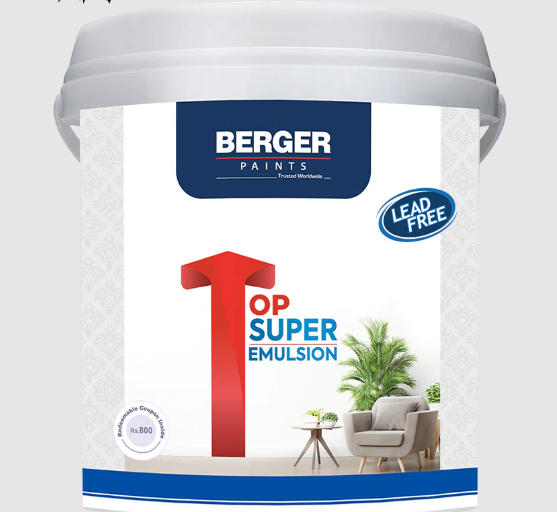
Introduction
Shades of brown are among the most naturally occurring and visually comforting colors in the spectrum. Inspired by the earth, wood, stone, and leather, brown tones bring a sense of warmth, reliability, and elegance to any space or object. Whether used in fashion, home décor, or art, shades of brown offer a rich palette to work with.
Understanding the Variety of Brown Shades
Brown is not just one color—it includes a range of tones that vary in warmth, depth, and undertone.
- Light Brown: Includes beige, tan, and sand—perfect for neutral backdrops and understated elegance.
- Medium Brown: Such as caramel, chestnut, and cocoa, which add richness and comfort.
- Dark Brown: Shades like chocolate, espresso, and walnut are strong, grounding, and sophisticated.
- Reddish Browns: Auburn and mahogany tones give brown a lively and warm personality.
- Cool Browns: Some shades include grey or black undertones, making them ideal for modern settings.
Shades of Brown in Interior Design
Interior designers often favor brown tones for their versatility and calming presence. Light browns like taupe or camel can make rooms feel open and inviting, while darker browns bring a sense of luxury and depth. Brown works well with almost every color, from white and cream to forest green and navy blue, making it a safe yet stylish choice for walls, furniture, and flooring.
Fashion Trends Featuring Brown Tones
In the world of fashion, shades of brown are classic and seasonally adaptive.
Beige and tan are perfect for spring and summer collections, while deep brown and burnt sienna dominate fall and winter looks. Brown leather boots, belts, and jackets never go out of style and complement both casual and formal wear. Its neutrality makes brown a favored color for mixing and layering.
Brown in Nature and Its Symbolism
Brown is strongly tied to nature—soil, bark, wood, and animals. It symbolizes stability, dependability, and simplicity. These qualities make it a psychologically grounding color, often used to create a feeling of comfort, safety, and natural connection in homes and branding.
Digital and Graphic Design Use of Brown Shades
Graphic designers use shades of brown to convey a rustic, vintage, or eco-friendly aesthetic. It is often used in logos for coffee brands, organic products, and artisan goods. The right brown tone can soften designs and add a handmade or earthy vibe to digital content.
Combining Brown with Other Colors
Brown pairs well with many other shades. It complements greens and creams for a natural look, blues and grays for a modern contrast, and oranges or reds for a cozy, autumn-inspired palette. Using different shades of brown together can create monochromatic harmony with depth and interest.
Conclusion
Shades of brown are timeless, versatile, and rich in character. From light sand to deep espresso, each variation brings its own charm. Whether used in design, fashion, or art, brown continues to be a reliable and stylish choice that reflects both comfort and sophistication.